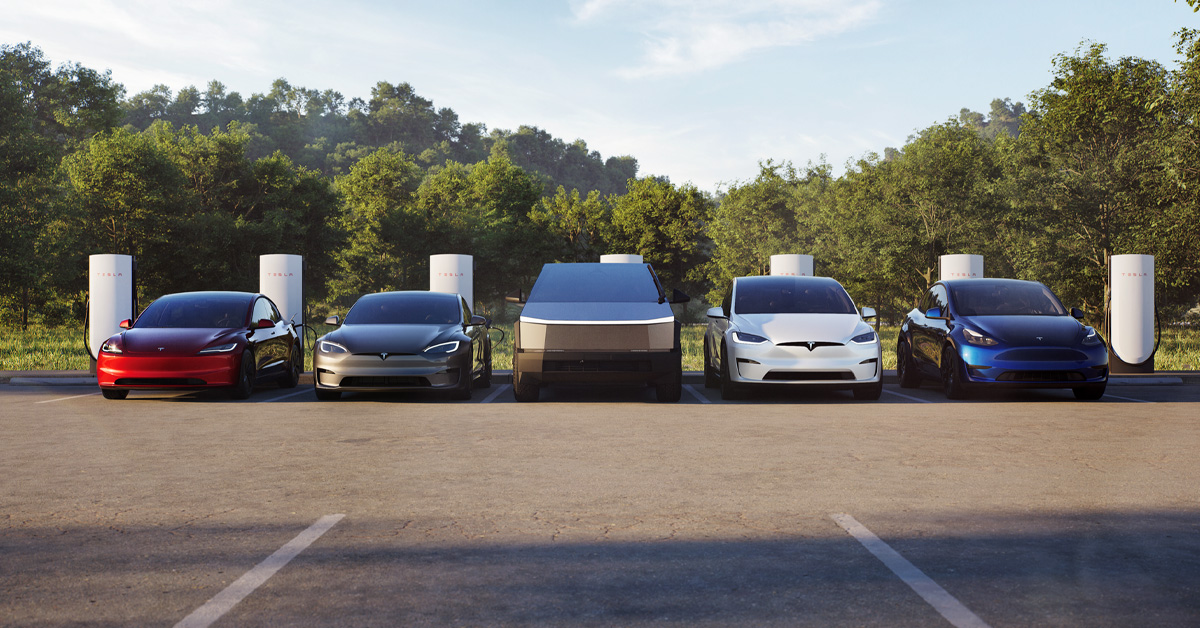StarFoxisDown!
Well-Known Member
Exactly. My hope for Optimus for the next 3 years, by end of 2025, has absolutely nothing to do with Optimus in relation to it servicing the population such as the examples you listed. In fact, I have zero expectation, nor do I want, Optimus being used by anyone except for Tesla for the next 3-5 years.I have thought about the "machine friendly world" , it's parameters and consequences, for some time. You are right, Optimus will initially exist in a tailored environment performing specific tasks that currently require human agility and senses. It will excel right out of the gate at it's intended function.
Optimus that will walk the dog, pickup tonight's groceries, make dinner and burp the baby is a long way down the road from now. Know the difference!
My hope is that as Tesla's production grows over the next 3 years, Tesla human workforce of human factory workers stays relatively flat and that all that additional production is being done by Optimus factory workers. That's my hope and for every Tesla investor, it should really be there hope too. Think of what can be done and the operating margins of a Tesla factory run being run 90% by Optimus factory workers. Tesla could likely lower ASP for all vehicles while at the same time producing more cars at a higher margin (and much higher operating margin). There's huge implications to the majority of Tesla's manufacturing workforce being replaced by Optimus.
And I absolutely believe that will happen, for the reasons I mentioned in my two previous posts
Last edited:



